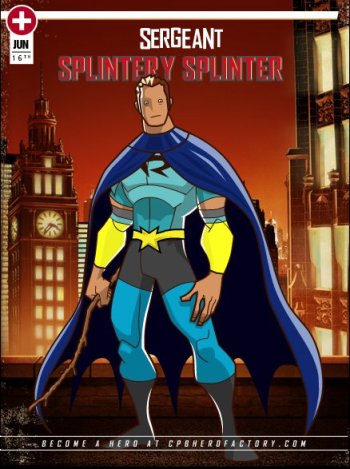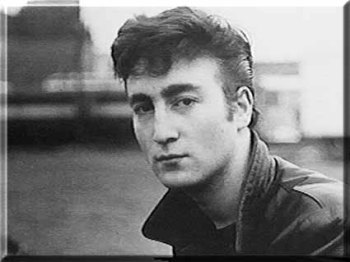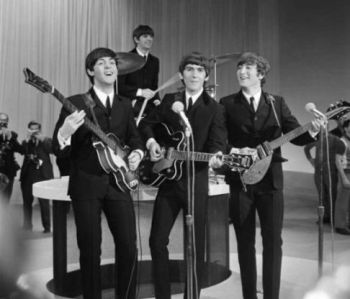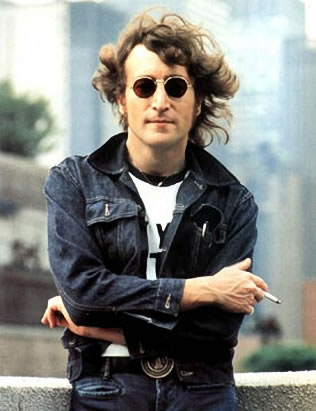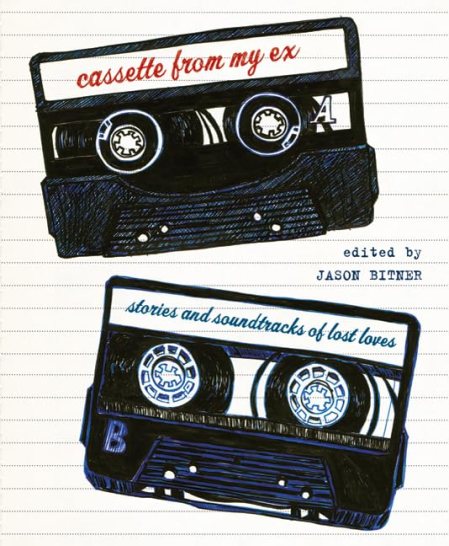
Back in 2009, I came across a website edited by Jason Bittner called CassetteFromMyEx.com. It seems to be gone now, but on the site, people shared their stories of lost (or everlasting) love that centered around a mix tape they made for the object of their love.
Bittner took the website idea and used it to put together a book, Cassette from My Ex: Stories and Soundtracks of Lost Loves
which is a collection of stories, essays, art, and other contributions by various artists, musicians, and writers. It’s the story of the role of the mixtape that was especially big in the late 1970s and 80s when cassette tape reigned as the way to share music.
I don’t know if anyone still makes mixtapes or mixCDs. I guess shared playlists might be the latest version, but that doesn’t seem like the same thing to me. I made lots of mixtapes and a bunch of CD mixes. I made ones for my wife to listen to in her commuting. I made ones for friends, especially to accompany them on a long drives across country or to their summer place. Before I was married, I made them for girlfriends. I carefully selected songs and sequences to convey messages. Sometimes I even added my own voice so that they sounded more like a radio program. I spent a lot of time on them. I even made artwork for the cases.
The compact audio cassette came to us in 1963 and into the 1970s after the car 8-track tape died. These inexpensive and portable tapes were part of the “downloadable” music culture long before the Internet, Napster, iTunes, and Spotify. In my no-money-for-records high school days, I would record songs off the radio on my cassette deck with the built-in radio.
Mix tapes let the DJ in you loose to create thematic mixes. Mixtapes probably fit into some categories, like the Romantic Tape, the Break-up Tape, the Road Trip Tape, even the Indoctrination Tape you made to turn someone on to a band, or to you via “your music.”
One extended story of mixtape romance is by rock critic Rob Sheffield. He wrote a memoir using 22 “mix tapes” to describe his life with his wife, Renee, from their meeting in 1989 to her untimely death in 1997. Each of the chapters in Love Is a Mix Tape: Life and Loss, One Song at a Time begins with song titles from their mixes.
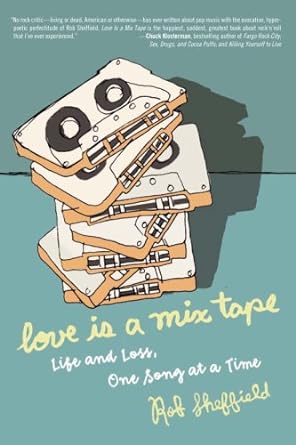
I made (and still have) a lot of mix CDs made for my own listening pleasure, so that in the car I am listening to my own radio station. I made driving ones – hard rock for highways, folk-rock for byways – late-night radio sets, an hour of quieter music.
I made a series for friends of summer songs. They included the obvious ones – Beach Boys’ tracks like “All Summer Long,” and “In the Summertime,” and “Summer Breeze” as well as songs we associated with summer because they were summer hits or we just associated with summer (“Time of the Season,” “Rikki Don’t Lose That Number,” “Take It Easy”). Then I did the sequencing after gathering them from our collected CDs and with a few iTunes downloads. I listened to all of them trying to pick out references to a month or part of summer and created June, July, and August sets. “See You In September,” “Wouldn’t It Be Nice” and “School’s Out” are part of the June set. For July, “Up on the Roof,” “Summer in the City,” “4th of July, Asbury Park (Sandy),” Kodachrome,” Hot Fun in the Summertime.” The August CD included “Summer, Highland Falls,” Boys of Summer,” “Groovin'” “Summertime Blues,” “You’ve Lost That Lovin’ Feeling,” Summer Wind.”
My friend Pat was a big fan of the summer set, so she (a teacher) also got back-to-school and end-of-school mixes. And I had done winter, spring, and winter into spring CDs.
I still have most of them in a plastic crate. I look back at those first mixtapes (pre-marriage) that were actual tapes I made for car rides to the beach or vacations. Have you seen the movie As Good As It Gets? Jack Nicholson’s character makes careful mixes for a car trip in the hope of seducing the character played by Helen Hunt. If not to seduce, then at least made to reveal who he really is via the songs – something he can’t seem to do in person. Been there; mixed that.
I love making lists anyway, so making song lists is something I like doing – like the people in Nick Hornby’s novel High Fidelity and the great film version
(and even the soundtrack CD
).
Did you ever make or receive mixtapes in any form?
Post a comment. I’d love to hear your story.

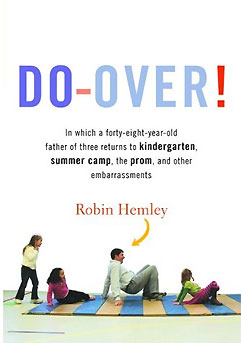
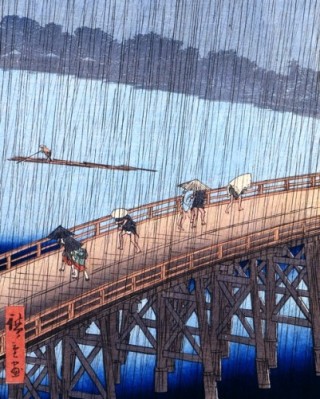

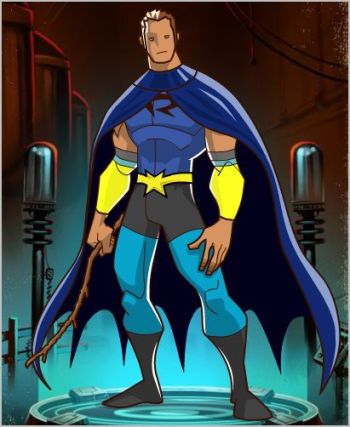 Have you thought about what super power you would want to have? Doesn’t everyone do that at some point?
Have you thought about what super power you would want to have? Doesn’t everyone do that at some point?